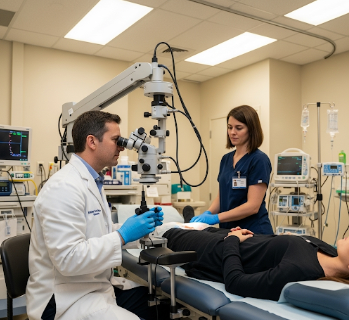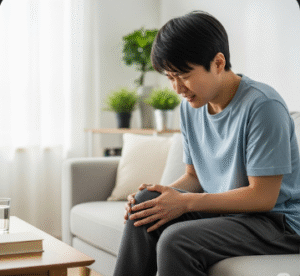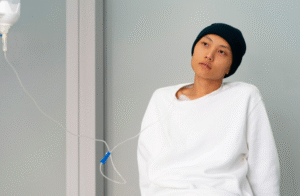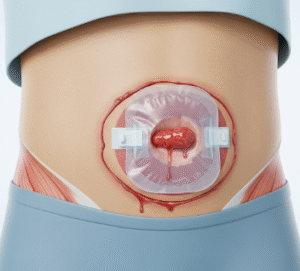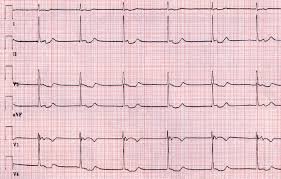Overview
A colposcopy is a diagnostic procedure used to examine the cervix, vagina, and vulva using a specialized magnifying instrument called a colposcope. It is typically performed when Pap smear results are abnormal or when there are suspected precancerous or cancerous lesions in the cervix.
In South Korea, colposcopy is widely available in gynecology centers and hospitals, performed by experienced gynecologists using high-resolution imaging and advanced biopsy techniques. The procedure is minimally invasive, safe, and highly effective for early detection of cervical abnormalities, significantly improving treatment outcomes.
What is Colposcopy?
Colposcopy is a visual examination of the cervix, vagina, and vulva using a colposcope, which provides magnified illumination of the tissue.
The procedure helps to:
- Detect precancerous or cancerous changes in cervical tissue
- Identify abnormal blood vessels, lesions, or areas of inflammation
- Guide biopsy for laboratory analysis
- Monitor treatment response in patients with known cervical abnormalities
Key components include:
- Colposcope with high magnification
- Application of acetic acid or iodine to highlight abnormal cells
- Use of biopsy tools for tissue sampling if needed
What are the Benefits?
Colposcopy offers critical diagnostic and preventive benefits:
✔ Early detection of precancerous or cancerous cervical lesions.
✔ Allows for targeted biopsy and diagnosis.
✔ Minimally invasive with quick recovery.
✔ Provides visual guidance for treatment planning.
✔ Reduces unnecessary invasive procedures by precisely identifying abnormal tissue.
Procedure Details
1) How should I prepare for Colposcopy?
- Schedule timing: Avoid during menstruation for better visualization.
- Medical history: Discuss previous Pap smear results, cervical procedures, or medications.
- Avoid vaginal products: No creams, douches, or sexual activity 24–48 hours before the exam.
- Consent: Explanation of procedure, possible biopsy, and associated risks.
- Emotional preparation: Relaxation techniques may help reduce anxiety.
South Korean gynecology centers provide clear pre-procedure instructions and counseling to ensure patient comfort and accuracy.
2) What happens during the Colposcopy procedure?
- Patient lies on an examination table in lithotomy position.
- The speculum is inserted to visualize the cervix.
- Colposcope is positioned externally, and the cervix is examined under magnification with bright light.
- Acetic acid or Lugol’s iodine is applied to highlight abnormal cells.
- If suspicious areas are identified, a small biopsy is taken for lab analysis.
- The procedure usually lasts 10–30 minutes.
South Korean gynecologists focus on gentle handling, accurate visualization, and patient comfort, using high-definition imaging for precise diagnosis.
3) What happens after a Colposcopy?
- Mild cramping or spotting may occur for a few days.
- If a biopsy is performed, avoid tampons, douching, or sexual intercourse for 1–2 days.
- Resume normal activities unless advised otherwise.
- Biopsy results are usually available in a few days to a week.
- Follow-up visits are scheduled based on findings and treatment needs.
Risks / Benefits
Potential Risks:
- ➤ Mild cramping or bleeding
- ➤ Infection (rare)
- ➤ Discomfort during biopsy
- ➤ Very rare allergic reaction to acetic acid or iodine
Major Benefits:
- ✔ Early detection of cervical precancerous and cancerous lesions
- ✔ Targeted biopsy reduces unnecessary tissue removal
- ✔ Minimally invasive and safe
- ✔ High accuracy in diagnosis when performed by expert gynecologists
- ✔ Preventive measure for cervical cancer
Recovery and Outlook
- Immediate post-procedure: Monitor for mild cramping or spotting.
- First few days: Avoid strenuous activity or vaginal products if biopsy was performed.
- Long-term outlook: Colposcopy allows early diagnosis and treatment, significantly reducing cervical cancer risk.
- Follow-up: Depending on biopsy results, additional treatment or monitoring may be required.
South Korean hospitals provide comprehensive follow-up, treatment guidance, and preventive care for optimal cervical health outcomes.
When To Call the Doctor
Contact your gynecologist if you notice:
- ➤ Heavy bleeding or severe abdominal pain
- ➤ Fever or signs of infection
- ➤ Persistent or worsening cramping
- ➤ Unusual discharge or foul odor from the vagina
Best Korea Option / Process
South Korea offers world-class colposcopy services due to:
- Experienced gynecologists specializing in cervical health
- High-definition colposcopes and advanced imaging techniques
- Minimally invasive outpatient procedures with rapid recovery
- Comprehensive pre- and post-procedure counseling and care
- International patient assistance, including translators, accommodation, and scheduling
- Affordable costs with world-class quality
Top hospitals for colposcopy in Korea:
- Samsung Medical Center
- Asan Medical Center, Seoul
- Seoul National University Hospital
- Severance Hospital (Yonsei University Health System)

